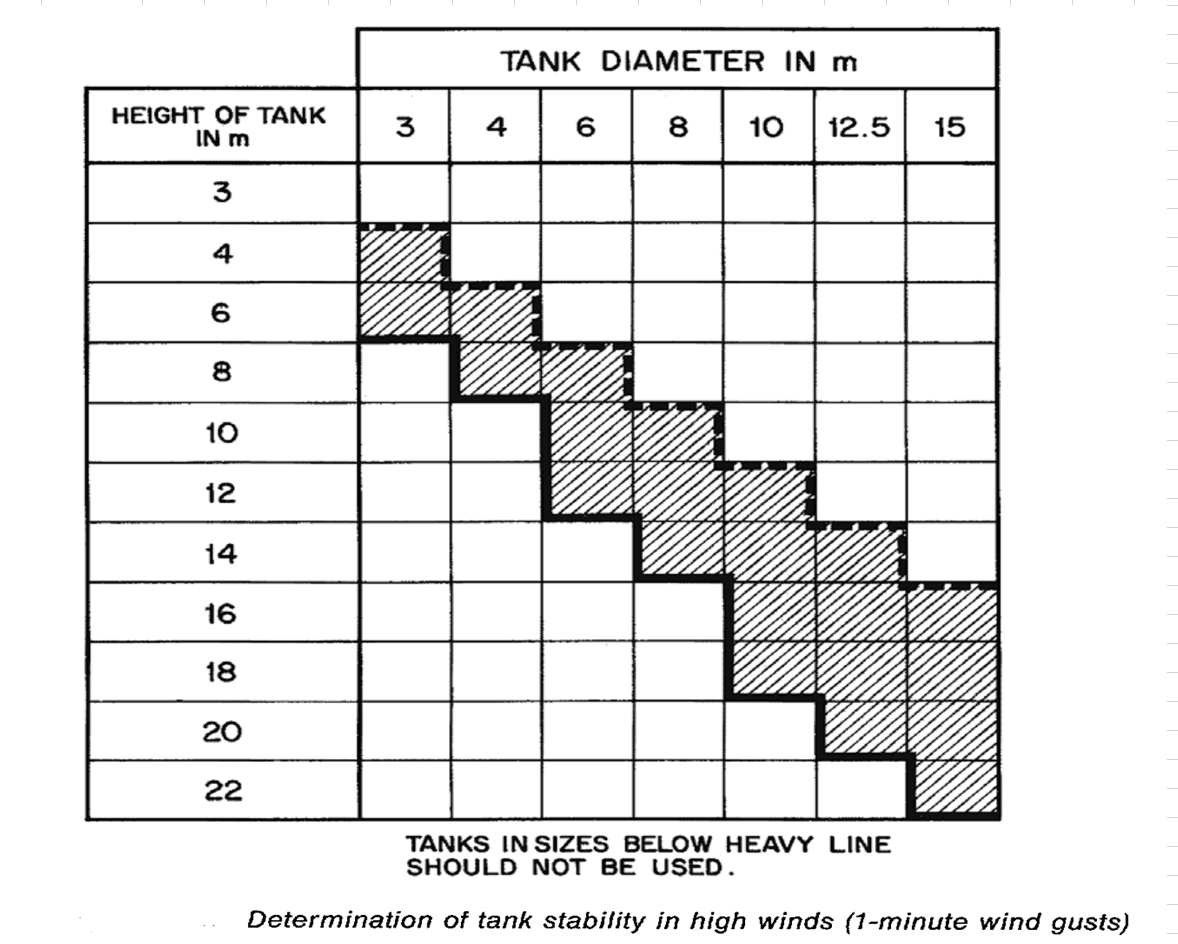My blowdown system collects the PSV discharge and the depressurisation valve. The two discharges are not simultaneous; in the case of the PSV I have a mixed phase (fluid is water), in the case of the depressurisation fluid is methane. We have installed a ko drum and the gas is discharged into the atmosphere. What should I do to avoid air ingress? N2 flushing.
I have also thought about the possibility of installing a PV on the line going to the safe location and in parallel another line where a rupture disc is placed.
The PV will work until it can, and if the pressure rises too much, the rupture disc is our protection.
Thank you for your support
|
|
Blowdown Ko Drum
#1

Posted 13 September 2024 - 07:48 AM
#2

Posted 13 September 2024 - 09:20 AM
My blowdown system collects the PSV discharge and the depressurisation valve. The two discharges are not simultaneous; in the case of the PSV I have a mixed phase (fluid is water), in the case of the depressurisation fluid is methane. We have installed a ko drum and the gas is discharged into the atmosphere. What should I do to avoid air ingress? N2 flushing.
I have also thought about the possibility of installing a PV on the line going to the safe location and in parallel another line where a rupture disc is placed.
The PV will work until it can, and if the pressure rises too much, the rupture disc is our protection.
Thank you for your support
Hi,
The system operability should be discussed and analyzed in detail and also in risk assessment standpoint.
Anyway, in general yes, the KOD should be kept at a positive pressure, say, by N2 blanketing. Also using PV and a RD in parallel seems to be a good idea to disperse the Methane in a safe manner against overpressure but it should also be dispersed per the acceptable and safe models such that not to be the cause of a pool fire or an explosion at nearby.
#3

Posted 13 September 2024 - 10:42 AM
I totally agree with you!
#4

Posted 13 September 2024 - 02:57 PM
I totally agree with you!
I made a calculation of the LEL of the stream leaving the KO Drum. It is 13%; it is well below the LFL of 50% which I understand is the limit that cannot be exceeded.I have also evaluated the diameter of the vent stack.The standard indicates that in order to avoid the formation of flammable mixtures and to provide excellent dispersion, the vent size should be selected to provide a discharge velocity of at least 500 ft/s (152 m/s). In addition, the vent size should be checked to ensure that sonic flow does not occur.Do you think all these assessments are sufficient?Thank you very much
What is the standard you are referring to?
If it's acceptable, such as API 521, it might be sufficeinet...
#5

Posted 13 September 2024 - 06:19 PM
Hi,
Would not be better to route the methane stream to a flare, meaning 2 separate KO drums?
I don't see the point to bring the methane to a shared KO drum and then to dispose it to atmosphere.
Check regulations in your area.
My 2 cents.
Breizh
Attached Files
#6

Posted 14 September 2024 - 04:44 AM
Thank you Breizh!
#7

Posted 14 September 2024 - 04:28 PM
Why would not a flame arrestor on the vent line be sufficient for depressuring safely?
#8

Posted 15 September 2024 - 02:43 AM
Thank you Pilesar for your reply!
I had never thought about it. In your experience, is it enough to prevent air intake in the KO Drum blowdown and can it replace nitrogen purging?
Regards
#9

Posted 15 September 2024 - 04:06 AM
Hi,
FYI this link :
End-of-Line Deflagration Flame Arresters | Protectoseal
this technology is to prevent flame to reach the sky of the vessel or storage tank. It will not prevent fire outside if you have a combination (flammable material, oxygen and sparks)
Breizh
Similar Topics
Compressor Suction DrumStarted by Guest_Lyne_* , 04 Jul 2025 |
|

|
||
Lng Boil Off Gas Compressor Suction DrumStarted by Guest_Lyne_* , 04 Jun 2025 |
|

|
||
Aspen Hysys - Blowdown Utility Heat Flux MethodStarted by Guest_yuvi.ardekar1999@gmail.com_* , 27 Feb 2025 |
|

|
||
Vertical Ko Drum SizingStarted by Guest_alexzo1990_* , 27 Jan 2025 |
|

|
||
Psv On Ko Drum With Flame Arrestor At Flare Vent LineStarted by Guest_Tintin2024_* , 29 Oct 2024 |
|

|

 FB
FB










